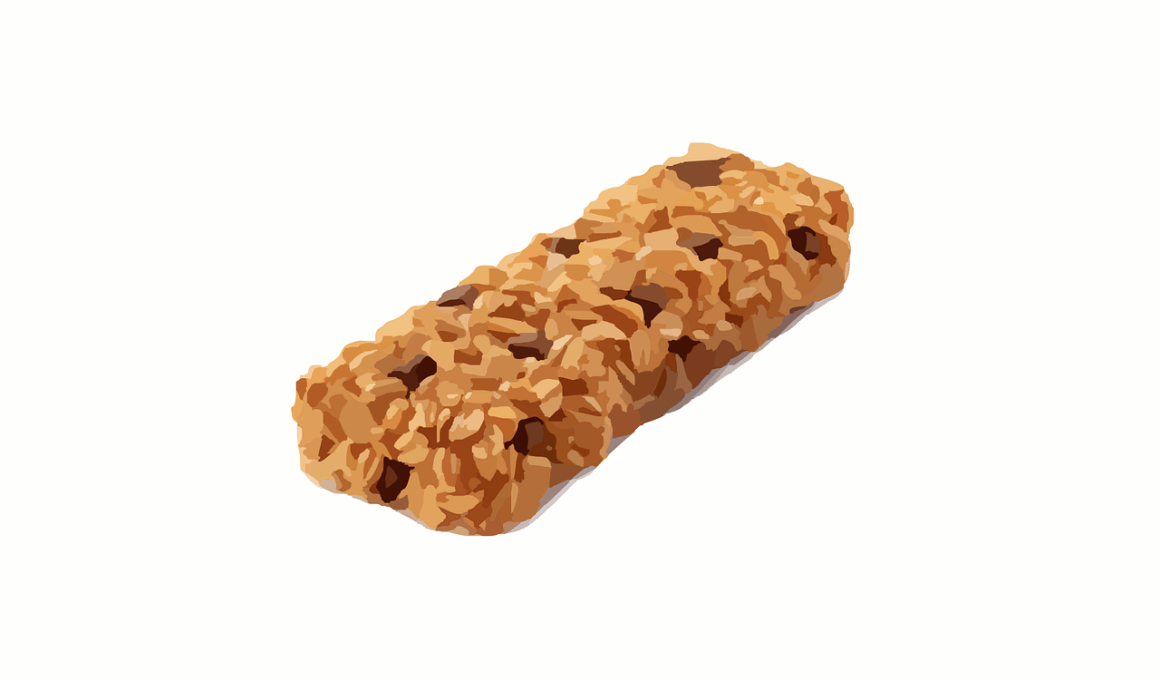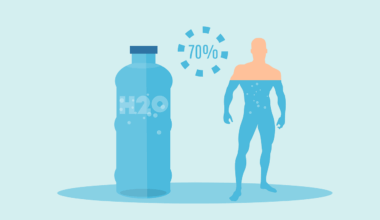The Best Snacks for Sustained Cycling Energy
Maintaining energy during cycling rides requires strategic planning. Nutrition plays a vital role in keeping cyclists fueled for longer, more demanding routes. The right snacks can provide sustained energy and support performance. Rather than focusing on calorie-dense foods, cyclists should select snacks packed with nutrients, optimizing energy release throughout their ride. Carbs offer essential fuel, while proteins and fats contribute to overall endurance. Choosing the best snacks means considering their digestibility and how they impact energy levels. Cyclists need options that balance quick energy with sustained release, ensuring they remain energized without experiencing crashes.
Choosing the appropriate snacks is crucial for maintaining steady energy levels. For high-energy cycling sessions, specific snacks are recommended. These include energy bars, bananas, and trail mix, as they offer the right blend of carbohydrates, fats, and proteins. Energy bars, in particular, are formulated to provide an immediate energy boost while being easy to digest. Bananas are a favorite due to their high potassium content and natural sweetness, making them a perfect, portable option. Trail mix, made from nuts, seeds, and dried fruit, can also supply sustained energy. These snacks ensure cyclists avoid fatigue and maintain focus while riding.
Another effective snack choice combines elements for flavor and nutrition. For instance, nut butter on whole-grain bread or rice cakes is an excellent source of healthy fats and protein. Nut butters are versatile and pack a nutritional punch, while whole grains provide complex carbohydrates for energy. Combining these keeps hunger at bay and enhances endurance. Additionally, smoothies can be beneficial. Blending fruits, oats, and protein powders into a smoothie offers hydration and replenishment. The liquid form is easier to digest during cycling and keeps a cyclist feeling light yet energized. Rotation of these snacks can prevent monotony.
Apart from solid foods, hydration significantly affects performance. Electrolyte drinks can replenish vital salts lost through sweat, keeping hydration levels high. These drinks, often enriched with vitamins, aid in recovery and preventing cramps. Specifically, sports drinks designed for cyclists often contain electrolytes like sodium and potassium to promote endurance. Homemade alternatives, such as coconut water, offer a natural source of hydration and electrolytes. Incorporating a mix of solid and liquid snacks while cycling can lead to optimal performance during long rides. Remaining diligent about hydration is essential to avoid fatigue and maintain high energy levels.
Long-Distance Riding Considerations
When venturing on long-distance rides, planning becomes even more critical regarding sustenance. Cyclists should schedule regular snack intervals to replenish energy. Ideally, this should occur every 30 to 60 minutes, depending on the intensity of the ride. Packing lightweight options like energy gels can be practical, allowing easy access without needing extra gear. Pasta salad or quinoa bowls are ideal for pre-ride meals. They provide carbohydrate-rich nutrients that promote sustained energy release. Cyclists must adapt to their individual needs, discovering what combinations work best for their metabolism and personal preferences during rides.
Experimentation with snacks is essential for finding the optimal fuel strategy. Each cyclist’s digestive system is unique, influencing preferences for solid or liquid snacks. During training rides, testing various options helps determine favorites without risking discomfort on race day. Notes on how each snack affects energy levels offer insight. Ideally, snacks should prevent energy slumps while promoting recovery. Tracking intake before, during, and after rides aids in developing a personalized cycling nourishment plan. The right snacks are instrumental in achieving goals and making each cycling experience enjoyable and productive.
Post-Ride Refueling
Post-ride nutrition equally matters, as recovery plays a crucial role in future performance. Consuming a combination of carbohydrates and proteins within an hour post-exercise is vital. The ideal recovery snack might include Greek yogurt with granola or a protein shake. These options help replace lost glycogen and promote muscle repair. Hydration should also remain a priority after rides. Water, alongside electrolytes, assists in replacing fluids and minerals lost during cycling. Sticking to a structured post-ride meal plan ensures a cyclist’s body recovers efficiently, laying the foundation for increased stamina and adaptability during upcoming rides.
In conclusion, having the best snacks on hand helps sustain energy during cycling journeys. With careful consideration and preparation, cyclists can select snacks that maximize performance and enjoyment. From energy bars to homemade smoothies, options abound for every preference. Prioritizing nutrition, hydration, and recovery creates a supportive environment for achieving cycling goals. Varying snacks keeps things exciting while ensuring energy levels remain steady. The principles of effective cycling nutrition can lead to extraordinary ride experiences and improved performance over time. By implementing these strategies, cyclists are set to conquer any route with confidence and preparedness.


